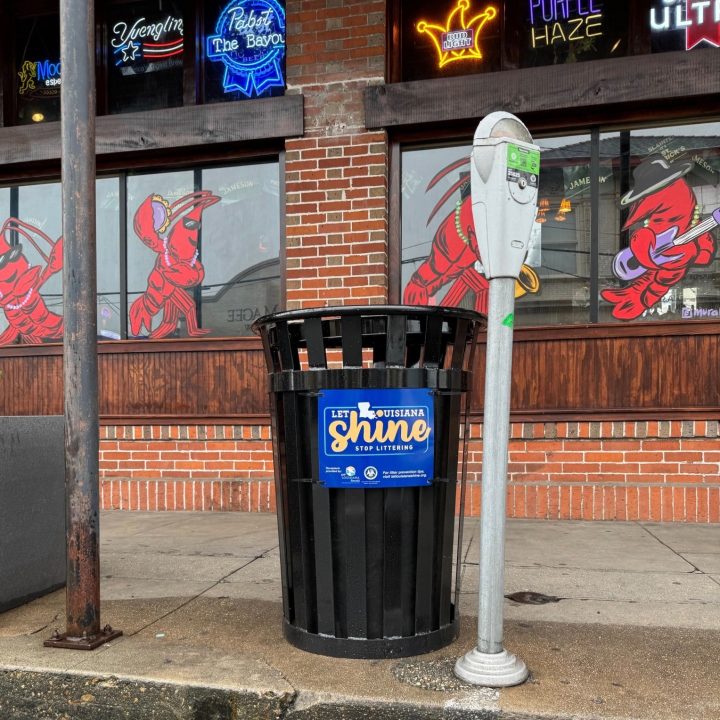
James "Bald Head" Dark
March 18, 2008March 20
March 20, 2008The south Lafourche levee system, long considered an example of how flood protection is supposed to work, may be in danger of being decertified by the U.S. Army Corps of Engineers, according to new flood insurance rate maps to be proposed by the Corps and the Federal Emergency Management Agency. The maps should be released in the coming weeks.
The threatened change in status is a result of the decision by the Corps and FEMA to set new flood elevation and levee height requirements in the wake of hurricanes Katrina and Rita. The maps are due out in April.
In the meantime, South Lafourche Levee District General Manager Windell Curole acknowledges the concern the district and the community faces.
“The Corps certifies the levee for the National Flood Insurance Program,” he said. “Once the new maps with the revised elevations are put out, if the levee is not certified, the new FEMA maps will not recognize the levee system.”
The Lafourche Parish Council would be faced with the choice of accepting the revised maps, which would likely precipitate higher flood insurance costs for new construction, or reject the maps, thus excluding the parish from eligibility in the National Flood Insurance Program.
In either event, Curole said current flood insurance policyholders would likely not see a hike in their rates because to be insured by the program, properties must be built to today’s acceptable flood levels.
Increased flood insurance costs would only be applicable to new construction, he said.
Curole expects the new flood elevation maps, which call for 100-year storm protection, will require building elevations as high as eight feet on the north end of the levee system and as much as 15 feet above sea level toward the system’s southern end. Current requirements call for buildings to be elevated two to three feet above sea level.
“In this area, we could reasonably build as much as five feet above sea level without significant problems or added costs,” Curole said. “However, anything above that number and the costs start to rise.”
If the levee district can show the south Lafourche system will protect against a 30-year storm scenario, the elevation requirements could possibly be lowered to 3- to 15-foot ranges, he explained.
Curole acknowledged that the district will strenuously question the maps and the computer models that the Corps and FEMA uses to determine the new elevation requirements. “Raising the levee to 15 feet is doable but a possible requirement to bring it to 18 feet or be decertified could be a problem,” he said.
The levee district is in the midst of bringing the entire 44-mile system to higher than the design level called for. However, the new flood elevation requirements may translate to even higher height demands.
The South Lafourche Levee District operates on an approximately $8 million budget, which is funded via a one-cent sales tax and a nearly 10-mill property tax.
Curole stressed that even if the Corps decertifies the levee system, it would still be considered an authorized project, making it eligible for federal funding for improvements. “The main concern with the decertification issue is flood insurance cost and availability,” he said.
Curole expressed frustration that the levee system, which is often touted for effectively protecting within its borders, has been virtually cast aside in terms of funding.
“The south Lafourche levee system was one of the few systems that worked properly during the storms of 2005,” he said. “The area it was designed to protect did not flood. And for all our hard work in building and maintaining a system that does what it’s supposed to do, we get the short end of the stick and are threatened to be decertified and dismissed.
“Other areas where levees failed received over $1 billion to repair and improve their systems while our levee has only gotten $4 million since the storms to improve a system that works,” Curole added. “With this area having only two percent unemployment and being a key to offshore development to get the fuel this country needs to prosper, we need to be treated better.”
South Lafourche Levee District General Manager Windell Curole said a demand to raise the levee 18-feet or higher could be too costly. * File photo









